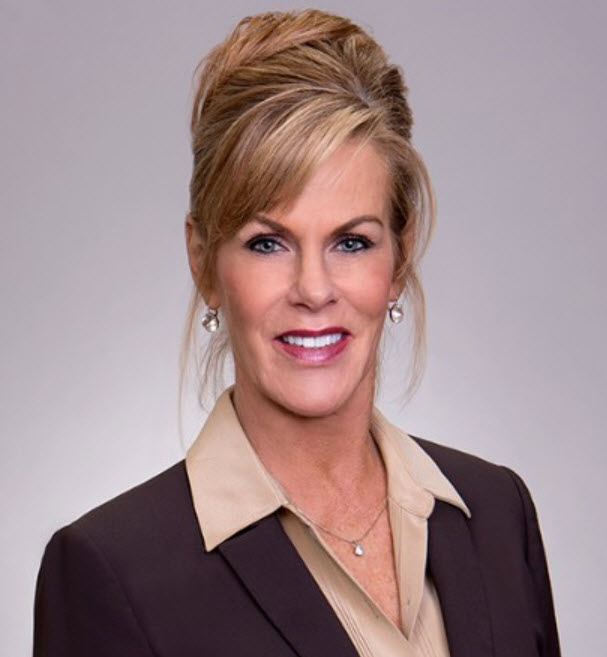Three Industry Trends, Three Business Opportunities for Colocation Providers

Three Industry Trends, Three Opportunities for Colocation Providers
The events of 2020 forced most organizations to quickly figure out how to close the gaps in their business continuity plans. Now, many of them are recognizing that multi-tenant data centers can help them maintain operational resiliency and enable innovation moving forward.
Here are three post-pandemic industry trends that present business-building opportunities for colocation providers:
1. More Applications, More Diverse Workloads, More Demand for Hybrid Cloud
For IT leaders focused on ensuring that the growing number of applications in use are always available and performing as expected, hybrid cloud architectures can make both dollars and make sense. Hybrid cloud architectures provide the flexibility they need to allow application workload requirements to determine where they run, which might be in or across an on-premises data center, public cloud or in an edge environment.
This is an area where colocation shines strong, and a booming business opportunity for multi-tenant data center providers. In fact, Arizton Advisory and Intelligence predicts that the colocation market will grow at an annual rate of 7%, reaching revenues of more than $53 billion by 2025.
2. Tenant Expectations for a Touchless Experience
As IT leaders look to the future, it’s with a fresh perspective shaped by experiences of the pandemic. Perhaps more than ever before, they are focused on worker and workplace safety. As a result, they are making virtual business practices the new normal, and expecting their colocation partners to do the same by providing a touch-free tenant experience.
Panduit solutions, such as G5 iPDUs, provide tenants with complete environmental monitoring, true power consumption transparency and cabinet-level security and help colocation providers keep pace with changing business requirements.
3. Infrastructure Requirements for Interconnection Services
Innovation is made better though collaboration, which is one more reason why more and more organizations are partnering with colocation providers. IT teams are looking for fast, reliable access to SaaS offerings and interconnected services from multiple vendors across the technology industry ecosystem.
Mordor intelligence predicts the Data Center Interconnect Market to reach a value of $7.65 billion in 2025, up from $3.48 billion in 2019.
An Infrastructure to Build On
A physical infrastructure that can keep pace with changing business requirements is foundational for multi-tenant data center success.
Visit our website to learn more about Panduit solutions for colocation providers.
- Broadband 2026 Panduit Experts Predict What’s Next
- Real World Benefits of Deploying VSFF Solutions with Gen7 SAN Directors
- Five Best Scaling Practices for Tier 2 and Tier 3 Broadband Providers from Regional Fiber Connect Spokane
- TX6TM-ER Cable Surpasses 100-Meter Limit for Reliable Network Performance
- What’s Your Logistics Playbook for the Broadband Fiber Boom
- Artificial Intelligence
- Audio Visual (AV)
- Broadband
- Cloud Infrastructure
- Construction
- Critical Power
- Cybersecurity
- Data Center
- ESG
- Electrical Infrastructure
- Electrification
- Enterprise
- Fiber Connectivity Solutions
- IT Channel
- Identification
- Multi-Tenant Data Center
- Network Infrastructure
- OEM
- Renewable Energy
- Safety
- Smart Buildings
- Success Stories
- Sustainability
- Warehouse Automation

